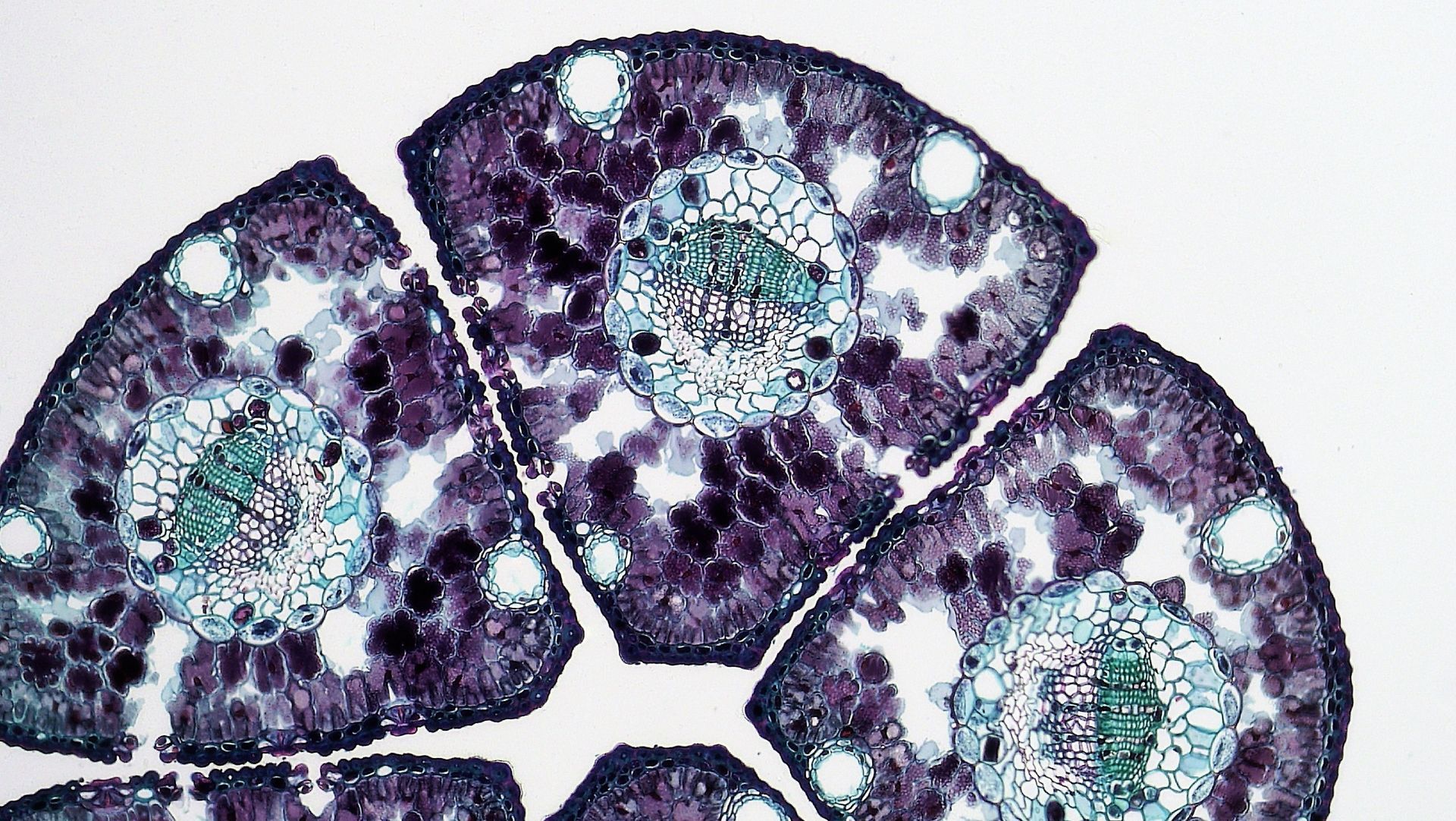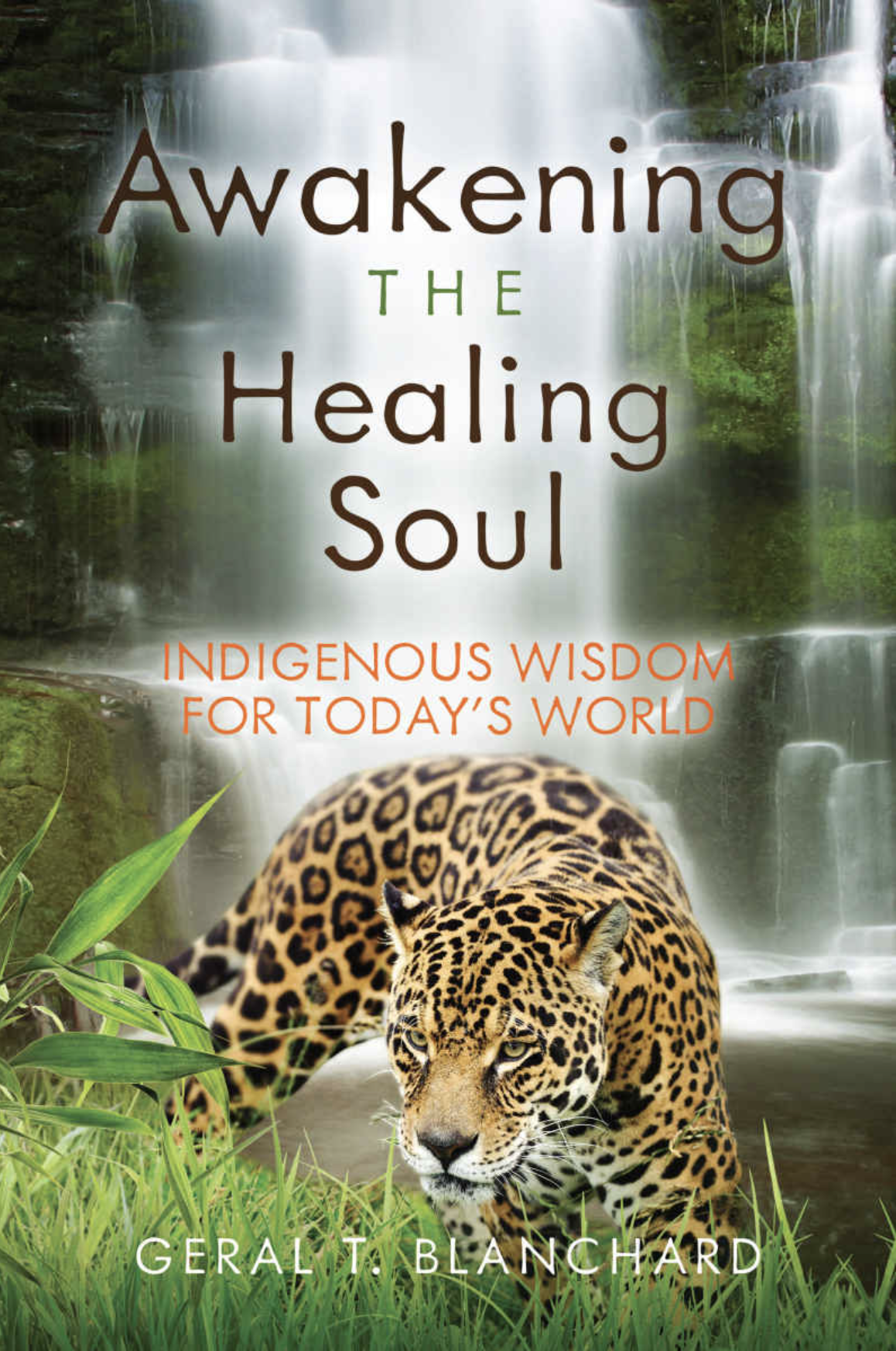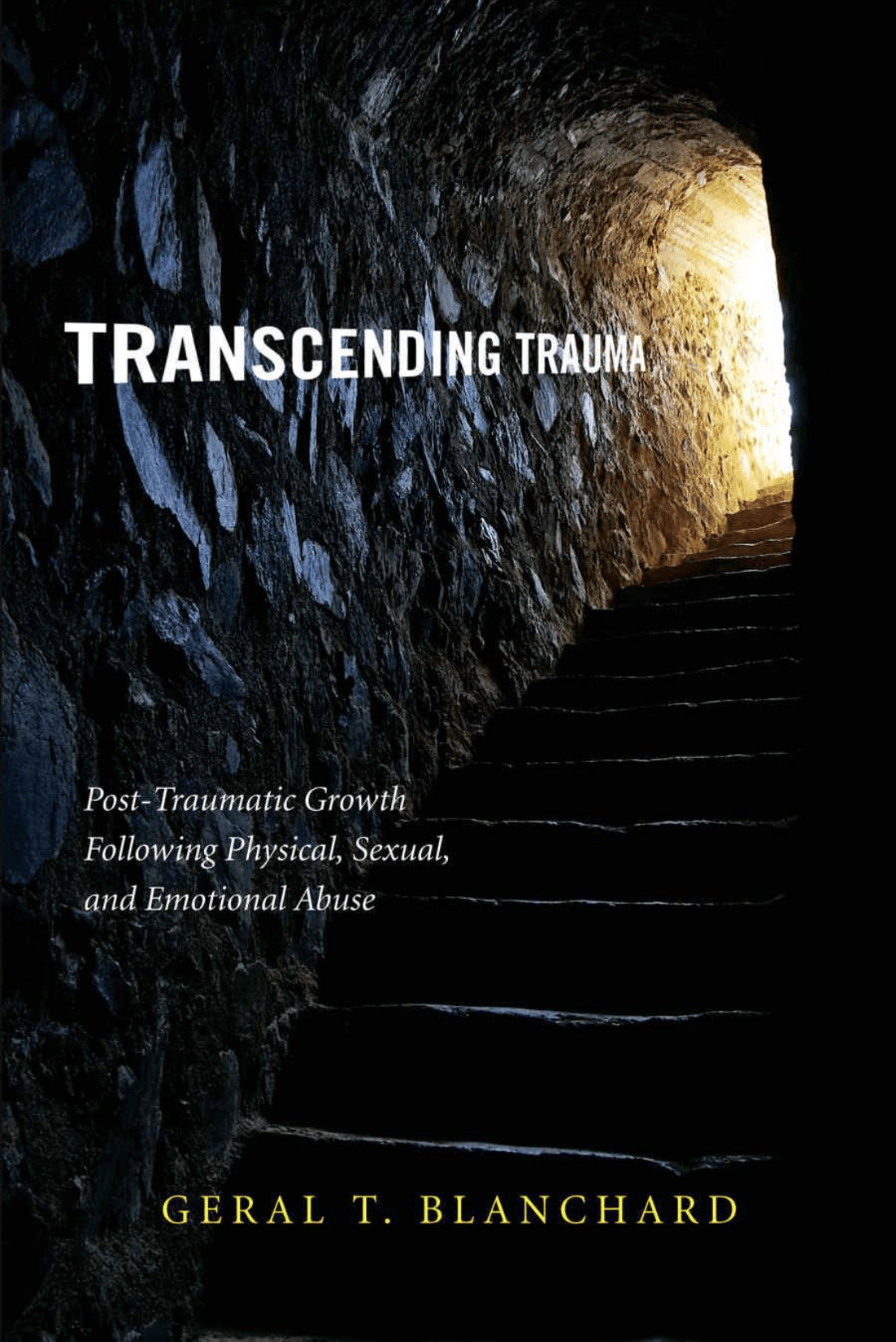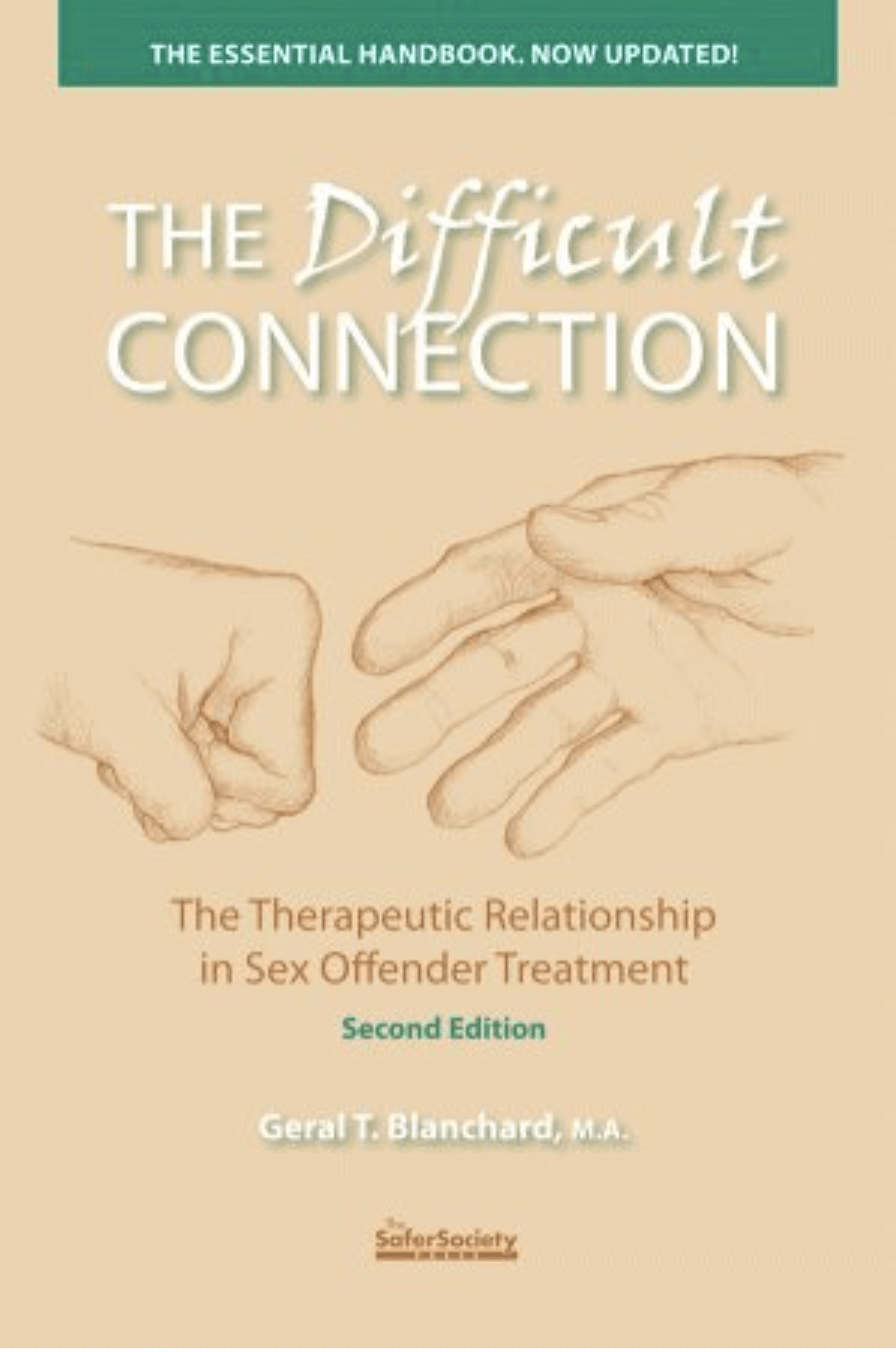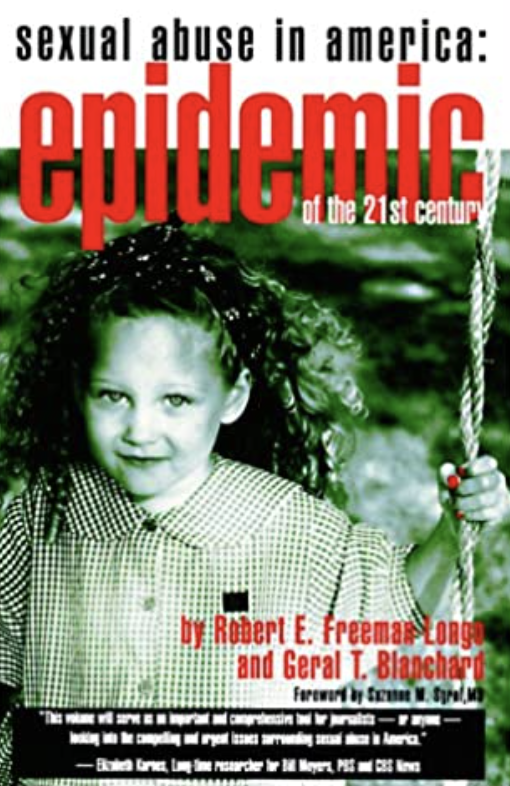Geral Blanchard, LPC, is a psychotherapist who is university trained in psychology and anthropology. Formerly of Wyoming and currently residing in Iowa, Geral travels the world in search of ancient secrets that can augment the art and science of healing. From Western neuroscience to Amazonian shamanism, he has developed an understanding of how to combine old and new healing strategies to optimize recovery, whether from psychological or physical maladies.
MDMA and the Up-Down, Right-Left Brain
As previously mentioned, the MDMA journey can create knowings and visions; it may expand a person’s previous understanding of consciousness.
This sortie can lead one to understanding, empathy, intuition, integration, creativity, gratitude, forgiveness, and compassion. All of these concepts are already residing within each person, and within the universe.
MDMA awakens these nascent parts leaving patients with an enhanced connectivity. This is deeper than curing, this process is called healing.
But how does the medicine and attendant ceremony do this? What parts of the brain are impacted by the Greater Consciousness, God, or whatever a person chooses to call the guiding force of creation that seems to be playing hide-and-seek with them?
**********
I have previously explained the up-down theory of MDMA. Refreshing your memory, it goes like this. When trauma or a heredity factor causes the brain’s deep limbic system (mood control center) to operate with high energy (causing low moods), the basal ganglia (the anxiety factory) and the two amygdala (fear centers) rev up and life becomes unpleasant. When this happens electrical firing in the brain goes straight up and activates the anterior cingulate gyrus (obsessing center). As a consequence you can’t let go of unpleasant thoughts and emotions – you struggle to shift gears and ditch the prevailing mood. At the same time, much like how a circuit breaker works, the orbital pre-frontal cortex (location of the brain’s logical orchestra leader) shuts down because of the energy surge originating from behind and below. Bottom line, a person reacts emotionally rather than insightfully.
The ingredients in MDMA, and its synergetic effect in each person’s unique body, calms the deep limbic region and reroutes energy away from the cingulate gyrus toward the frontal region. The result: patients become much more serene and see things more intelligently; they let go of highly repetitive and negative thinking which often leads trauma resolution, integration, and self-compassion.
**********
The left-right theory of MDMA that I espouse goes this way. The left brain hemisphere (a very general term) has the duty of establishing beliefs and interpreting events with language, often with little regard for reality. It creates a separate and distinct version of who we are that is referred to as the self, the ego, which ought to be regarded more like a verb than a noun. In other words, it is constantly altering our self-image, making up B. S. that individuals subscribe to and live by.
While the left-brain wants to make sense of the world and keep us safe, it is this hyperactive brain area that creates suffering by “helping.” It generates patterns, categories, and seemingly logical storylines that one is inclined to believe, after all, the source of information came from within our own brain and certainly we would never deceive ourselves – would we? Generally, people conclude that if a thought originated in their own mind, with the help of their own brain, it must be true. We wouldn’t mislead ourselves, other people do that. Wrong! Consider a bumper sticker message I once saw that read: Don’t Believe Everything You Think.
Humans easily confuse their thinking and language with reality. Other animals not so “well endowed” don’t seem to suffer from neurosis, illusions, and delusions quite like we do. Ram Dass has suggested why people are drawn to gurus and religion for answers during times of confusion. He wrote: “All spiritual practices are illusions created by illusionists to escape illusion.”
Because the left brain creates classifications, especially in easy to understand dichotomous forms, and because it weaves together our repeated stories to form wild beliefs, it oversimplifies the world we live in. Nuances get lost. Understood this way, the suffering we are trying to resolve is actually a creation from within, creations of our left-brain interpreter of the universe. If an individual is not extraordinarily careful, they can over-identify with the interpreter of life, namely ego, and miss out on life.
This crafty and calculating brain region also encourages cynicism and complaining, namely objecting to things the way they are. And when people take their judgments too seriously, they become “the way things are.” Like the old Zen saying goes: “Right and wrong become the sickness of the mind.”
Fortunately, MDMA can quiet this intellectual nonsense and allow us to find respite, and some real answers, spending more time in global, or universal, right brain activity.
The right hemisphere, unlike the left, is the big picture center. It processes the whole panorama of life experiences on a continuum where you are, fortunately, on the same spectrum as “jerks” and “abusers.” It helps people see beyond individual parts in the system so they can realize the relationships and connectivity between life energies. And like the Buddha said, “To understand everything is to forgive everything.”
Further, the right brain is about being in and observing reality versus repeatedly engaging in thinking, analyzing, judging, and emoting. In essence, it operates without as much thought -- by which I mean without so many words or distorted beliefs – with fewer good guys and bad guys within their narrowly defined categories. If reality were seen as an ocean, the left hemisphere could only note one wave at a time, whereas the right brain can sees the vastness of the sea all at once and stand in awe.
I’m reminded again of Edgar Mitchell, the astronaut who had an overwhelming sense of universal connectedness while looking out the space capsule window while heading home from the moon. He intuited that the universe is in some way a form of consciousness and it was so large it defied his verbal description. It was more like a knowing. And it was ineffable. One might apply the Zen concept of prajna here: a wisdom beyond wisdom.
William James, a founder of the new field of psychology, over one hundred years ago wrote about a nonsensory form of intelligence he called “fringe consciousness.” It was a way of knowing that didn’t seem to have direct sensory, perceptual, or language content to it. He likened it to intuition; it didn’t always involve direct thought, was ineffable, yet believable. James believed it connected dots in a much bigger picture allowing our consciousness to expand to distant places, beyond the confines of the left brain.
In the right hemisphere there is a location called the right temporoparietal junction that does nothing but think about other people’s perspective to round out our picture of life events. MDMA seems to activate this area. And when persons see the interconnectivity of all things, the right brain creates an immersing wave of empathy, compassion, and gratitude, even in response to “bad” things that have happened to them. Maybe this is what Joseph Campbell meant when he said, “When real trouble comes, your humanity is awakened.”
And when the right brain comes online and stays online, thanks to the medicine, something else can happen. Many people become more creative. And with the basal ganglia quieted, and with it anxiety, even their handwriting, dexterity, and artistic abilities improve.
MDMA’s ability to expand consciousness makes us better observers of, and participants in, life. As Nisargadatta Maharaj said, “You are not in the world, but the world is in you.”
*********
Additional Reading:
No Self, No Problem by Chris Niebauer
Other Topics
Basics of MDMA
Rituals and Ceremony
Brain and MDMA
Trauma
Heart
Energy Movement
Quantum Physics
Native Cosmologies
Nature
Spirituality/Enlightenment
Kogi Tribe
Books written by Geral T. Blanchard
More Articles







